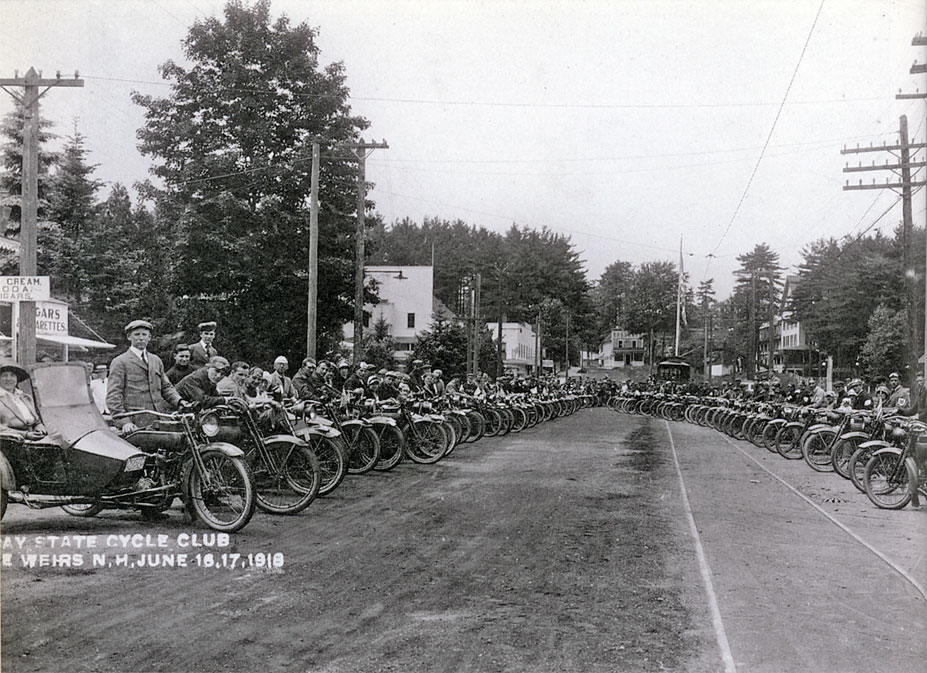On November 15, 1916, the Motorcycle and Allied Trades Association (M&ATA), was founded.
In September, 1903, the Federation of American Motorcyclist (FAM) was officially formed over beers in a meeting at a clubhouse in Brooklyn, New York. During the next 16 years, the FAM developed competition rules and rider classifications, dealt with restrictive ordinances in cities like Chicago and Tacoma, Washington, wrestled with funding and membership concerns and made more rules. By 1915 FAM listed it's membership as 8,247, but with World War I draining potential and current members, the organization went out of business in 1919.
Throughout the years of the FAM's existence, there were indications of the increasing health and vitality within the fledgling American motorcycle industry. One of these was the formation of several trade associations. Among the earliest was the Motorcycle Manufacturers Association (MMA), formed in 1908 to represent and regulate the motorcycle manufacturers, accessory makers and distributors. On November 15, 1916, a similar organization, the Motorcycle and Allied Trades Association (M&ATA), was founded.
With the death of the FAM, the M&ATA was left without a counterpart representing riders. So, although it was totally controlled by the motorcycle industry, the M&ATA Education Committee began registering clubs, supporting motorcycle activities and instituting rules. By 1920, the M&ATA began supporting the annual Gypsy Tours, attracting even more members as a result.
They began registering riders in 1919, and by early 1924, it claimed about 10,000 members. On May 15 at a meeting in Cleveland, the directors proposed to create the "American Motorcycle Association" as a subdivision. The new AMA would control rider registration and activities, issue sanctions for national events, serve motorcycle industry members and continue the tradition of creating more rules.
In late October, 1924, there were rumors that 1% of the rider's were already getting tired of all the rules.

